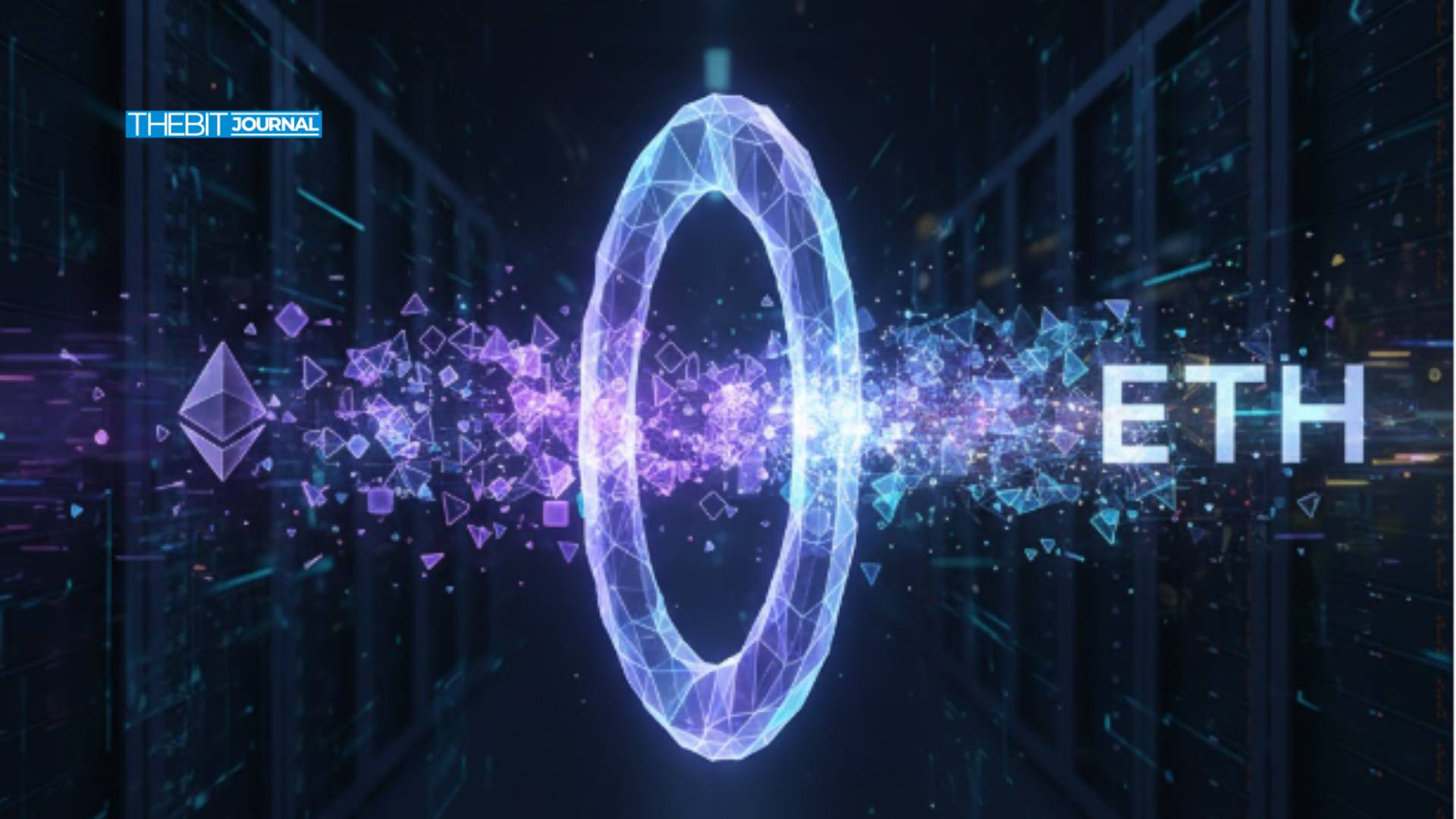How the Ethereum Fusaka Upgrade Could Redefine ETH Performance
0
0

Updated on 22nd October, 2025
This article was first published in The Bit Journal.
Will the Ethereum Fusaka upgrade be just another technical iteration, or is it a step forward in solving Ethereum’s efficiency and scalability challenges?
The cryptocurrency market is abuzz with anticipation following the announcement about the Ethereum Fusaka upgrade entering the final testnet phase. The Fusaka Mainnet upgrade enters the final testnet, aiming to improve efficiency with gas caps ahead of the highly anticipated December 3 rollout.
According to an update from an official Ethereum Foundation blog post, the Ethereum Fusaka upgrade aims to introduce a per-transaction gas cap of about 16.78 million units to enhance block efficiency and prepare the network for parallel execution. This will lead to more balanced network activity, which the Fusaka upgrade has already activated on the Holesky and Sepolia testnets.
Peer Data Availability Sampling
The Ethereum Fusaka upgrade is not just targeting a single change. At the Fusaka Mainnet launch, the upgrade is expected to encompass many other Ethereum Improvement Proposals (EIPs) that will improve the way the network handles transactions. The most significant one is the EIP-7825, which adds a limit on how much gas a single transaction can use.
As per the official communication, no single significant transaction will take too much block space or slow down the entire network. The Ethereum Fusaka upgrade will introduce PeerDAS (Peer Data Availability Sampling), a breakthrough that allows validators to verify blocks without downloading them in full. The upgrade will raise the overall gas limit to allow more transactions to fit inside the block.
Blocks Will Be Shared Equitably Between Users
Gas limit restricts the processing capacity available to a single transaction and ensures no single transaction will monopolize an entire block. The changes are designed to make Ethereum blocks run more efficiently and reduce delays during busy times.
This is important because the Ethereum blockchain has historically struggled with network congestion, especially during periods of high demand, such as DeFi surges or NFT drops. Without a gas cap, a single heavy transaction would fill most of a block, causing others to wait indefinitely.
With the new gas cap associated with the upcoming Ethereum Fusaka upgrade, this will no longer happen. The upgrade ensures that blocks are shared equitably between users, leading to a smoother and more predictable user experience.
The anticipated result is that after the Fusaka Mainnet launch, transaction times will shorten, and fees could drop dramatically. As a result, developers could also plan large smart contracts more carefully and split transactions into smaller ones to fit within the new limit.
Conclusion
The Ethereum Fusaka upgrade is currently undergoing tests across various public testnets, which are the final ones before the December 3 Fusaka Mainnet launch. As developers check for bugs, compatibility issues and any unexpected effects to the blockchain, the next phase of the Ethereum Fusaka upgrade is scheduled for rollout on the Hoodi testnet on October 28, ahead of Mainnet deployment.
Glossary to Key Terms
Fusaka Upgrade: A major Ethereum network update scheduled for Mainnet activation on December 3, 2025, designed to improve scalability and efficiency.
Upgrade Testnet: A blockchain network’s new features, changes, or improvements are being tested on a testnet, a separate network that mimics the real-world blockchain but without using actual money.
Upgrade Mainnet: A cryptocurrency’s live, public blockchain network is being updated to introduce new features, fix bugs, improve scalability, or add functionality.
Frequently Asked Questions about Ethereum Upgrades
What happens during an Ethereum upgrade?
Ethereum upgrades focus on enhancing scalability and efficiency. This could lead to faster and cheaper transactions, making Ethereum more attractive for developers and users.
What is the name of Ethereum’s major upgrade?
Fusaka – a blend of the names Fulu and Osaka – consists of two simultaneous upgrades to Ethereum’s consensus and execution layers, respectively.
How might a delay in the Fusaka upgrade affect the Ethereum roadmap?
A delay in the Fusaka upgrade could shift subsequent phases of the Ethereum roadmap, as upgrades are often interdependent.
Read More: How the Ethereum Fusaka Upgrade Could Redefine ETH Performance">How the Ethereum Fusaka Upgrade Could Redefine ETH Performance
0
0
 Manage all your crypto, NFT and DeFi from one place
Manage all your crypto, NFT and DeFi from one placeSecurely connect the portfolio you’re using to start.





